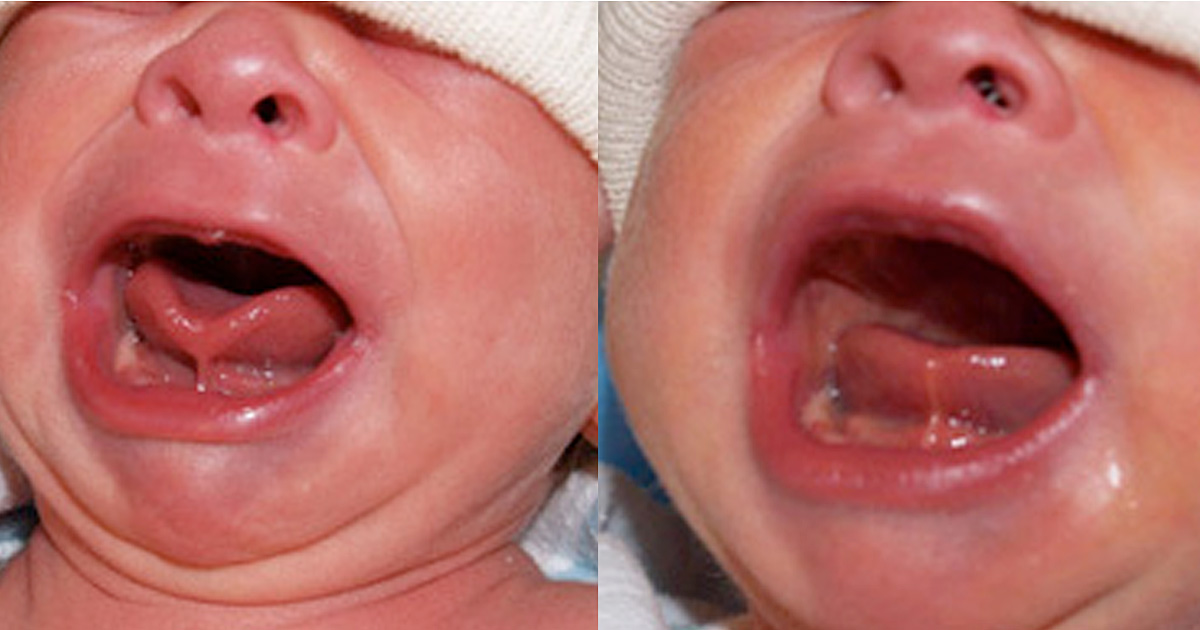The dental crowns for baby teeth play a crucial role in not only repairing and…

Understanding Tongue Tie: Symptoms, Causes, and Treatment Options
Is your child struggling with speech or feeding difficulties? They may have tongue tie. Learn about the symptoms, causes, and treatment options in this guide.
Tongue tie, also known as ankyloglossia, is a condition that affects the movement of the tongue. It can cause speech and feeding difficulties in children, and may require treatment from a tongue tie doctor. In this guide, we’ll explore the symptoms, causes, and treatment options for tongue tie in kids.
What is tongue tie?
Tongue tie, or ankyloglossia, is a condition where the frenulum, the thin piece of tissue that connects the tongue to the bottom of the mouth, is too short or tight. This can limit the movement of the tongue, making it difficult for children to speak or eat properly. Tongue tie is a common condition that affects up to 10% of newborns, and can also occur in older children and adults.
Symptoms of tongue tie in children.
The symptoms of tongue tie in children can vary depending on the severity of the condition. Some common signs to look out for include difficulty breastfeeding or bottle-feeding, trouble swallowing or choking on food, speech delays or difficulties, and a gap between the front teeth. In some cases, children may also experience dental problems or have trouble sticking out their tongue. If you suspect your child may have tongue tie, it’s important to speak with a healthcare professional for an evaluation and proper diagnosis.
Causes of tongue tie.
Tongue tie is caused by a short or tight frenulum, which is the thin piece of tissue that connects the tongue to the bottom of the mouth. This can be a congenital condition, meaning it is present at birth, or it can develop later in life due to trauma or injury. Some studies have also suggested a genetic component to tongue tie, meaning it may run in families.
Treatment options for tongue tie.
Treatment options for tongue tie depend on the severity of the condition and the symptoms it is causing. In some cases, no treatment may be necessary if the tongue tie is not causing any issues. However, if the child is experiencing speech or feeding difficulties, treatment may be recommended. This can include a simple procedure called a frenotomy, where the frenulum is clipped or cut to release the tongue. In more severe cases, a more extensive surgery may be necessary. It is important to consult with a healthcare professional (Kids Dentist) to determine the best course of treatment for your child.
Importance of early detection and intervention.
Early detection and intervention for tongue tie is crucial for preventing potential speech and feeding difficulties in children. If left untreated, tongue tie can lead to problems with articulation, pronunciation, and swallowing. It can also cause discomfort and pain while eating or speaking. It is important for parents and caregivers to be aware of the symptoms of tongue tie and seek medical attention if they suspect their child may be affected. Early intervention can lead to better outcomes and improved quality of life for the child.





